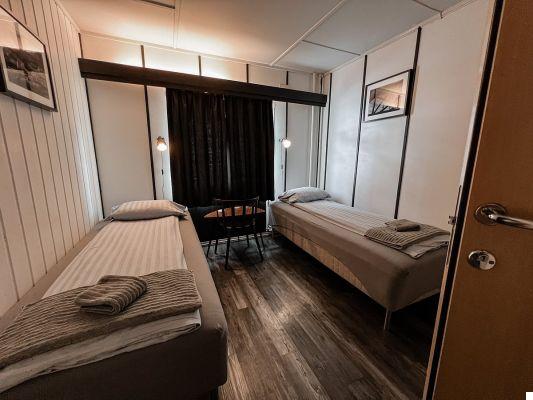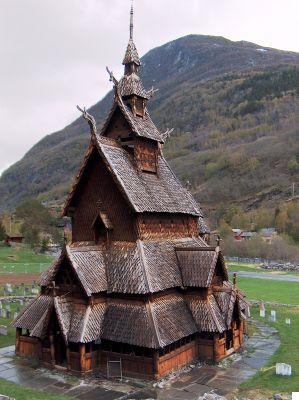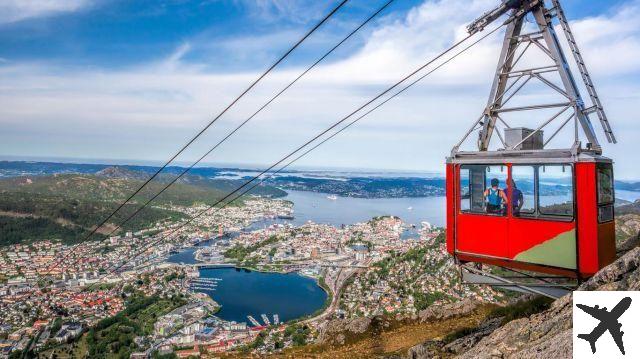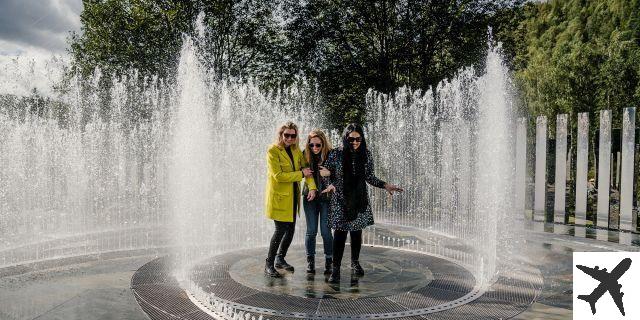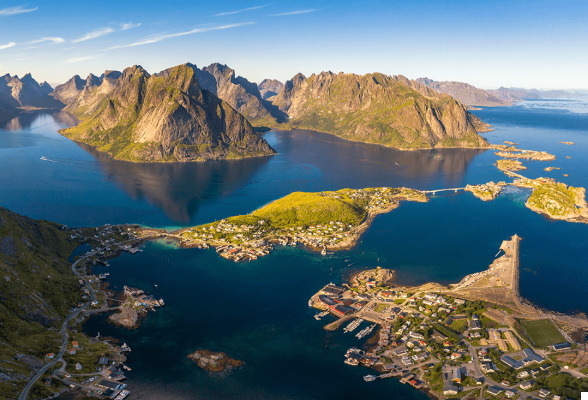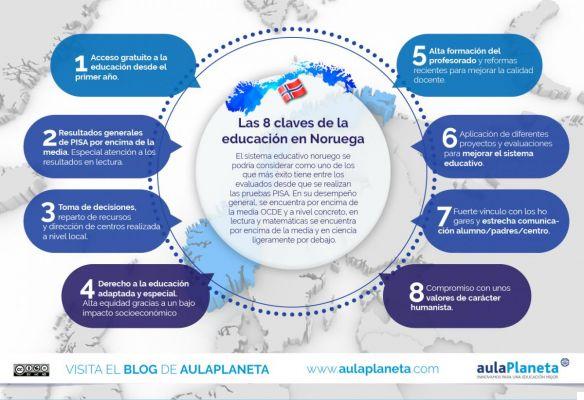
Welcome to ForTravelLovers.com, where we are passionate about providing detailed and up-to-date information about the most interesting destinations in the world. On this occasion, we will delve into the educational system of Norway, a country internationally recognized for its innovative approach and success in education. Join us on this educational journey and discover the keys, characteristics, background, innovation and success of the Norwegian educational system.
1. Background of the Norwegian education system
To understand Norway's current education system, it is important to know its historical background. Over the years, Norway has seen a significant evolution in its educational approach. In the XNUMXth century, the country focused on religious education and basic education. However, as Norway became an independent nation, the need for a more comprehensive and equitable education system became evident.
In the 1960s, Norway implemented a series of educational reforms that laid the foundation for the current system. These reforms focused on equal opportunities, compulsory education, and the training of highly trained teachers. Since then, the Norwegian education system has continued to evolve to adapt to the changing needs of society and ensure quality education for all citizens.
2. Keys and characteristics of the Norwegian educational system
The Norwegian education system is characterized by its focus on equality, active student participation, and the promotion of creativity and critical thinking. Some of the key highlights and features include:
2.1. Equal opportunities
In Norway, equal opportunities in education are highly valued. The system strives to provide all students with the same chance of success, regardless of their socioeconomic background or geographic location. This is achieved through inclusion policies, scholarships and support programs for students with special needs.
2.2. Active student participation
The Norwegian education system encourages the active participation of students in their own learning process. Dialogue, debate and collaboration between students and teachers are promoted. Students are encouraged to express their opinions, ask questions and participate in practical activities that allow them to apply the knowledge they have acquired.
2.3. Focus on creativity and critical thinking
Education in Norway focuses on developing creative and critical thinking skills. Students are encouraged to question, analyze and solve problems independently. Through practical projects and activities, we seek to foster creativity and the capacity for innovation in students.
3. Innovation in the Norwegian education system
The Norwegian education system stands out for its innovative approach and willingness to adapt to change. Some of the most notable innovations include:
3.1. Use of technology in the classroom
Norway has effectively integrated technology into the classroom to enhance the learning process. Students have access to electronic devices, online resources, and interactive tools that facilitate knowledge acquisition and promote collaboration between students and teachers.
3.2. Focus on environmental education
Aware of the importance of sustainability and care for the environment, the Norwegian educational system has incorporated environmental education into its curriculum. Students learn about topics such as climate change, biodiversity conservation, and individual and collective responsibility in protecting the planet.
4. Success of the Norwegian education system
The Norwegian education system has gained international recognition for its success in several aspects. Some of the most notable achievements include:
4.1. High levels of literacy and education
Norway has one of the highest literacy rates in the world, demonstrating the effectiveness of the education system in teaching basic reading and writing skills. Additionally, the country prides itself on its high percentage of students who continue their education in higher education institutions.
4.2. Low levels of educational inequality
The Norwegian education system has managed to significantly reduce the educational gap between different social groups. Thanks to inclusive policies and support programs, it has been achieved that all students have access to quality education, regardless of their socioeconomic background.
Frequently Asked Questions (FAQs)
1. What is the length of the school year in Norway?
The school year in Norway usually starts in mid-August and ends in mid-June. However, exact dates may vary by region and educational institution.
2. What is the level of investment in education in Norway?
Norway allocates a significant portion of its national budget to education. According to recent data, the country invests around 6% of its GDP in education, demonstrating its commitment to the development and well-being of its citizens through education.
Conclusion
In summary, Norway's education system stands out for its focus on equal opportunities, active student participation, promotion of creativity and critical thinking, as well as its innovation and success in education. Norway has managed to build an equitable and high-quality education system that has gained global recognition. If you are interested in exploring new forms of education and enriching your knowledge, Norway is undoubtedly an educational destination worth exploring.
We hope this article has been informative and has given you a comprehensive overview of Norway's education system. If you have any other questions or concerns, please do not hesitate to contact us. Until next time!




